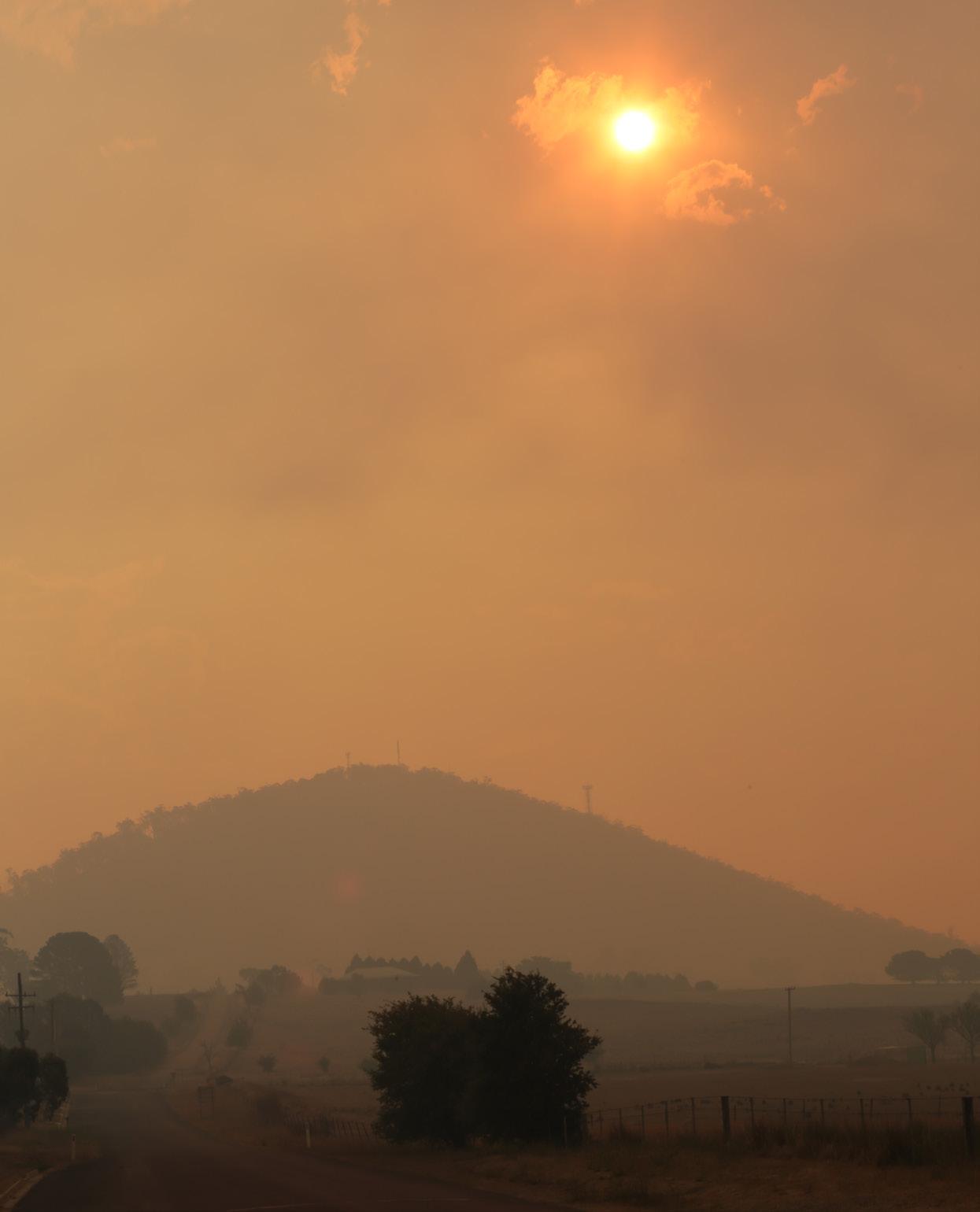
4 minute read
Stronger Stations - Emergency Broadcasting
Community radio plays a vital role in times of emergencies
By Jon Bisset, CBAA's CEO
Advertisement
Case study
About 60 km from Canberra, Braidwood FM had only just expanded its transmission range when fires threatened the town of about 1,600 people.
In late November, a rapidly changing fire in Tallaganda National Park kicked off 14 days of near continuous emergency coverage. Station volunteers put hourly updates to air from the Rural Fire Service, directly connecting listeners to the information source. For some, it was the only source of information and portable batterypowered radios sold out in town.
It was days into the broadcast when the volunteers realised just how many people were relying on the station. Community members were coming to the studio to drop off food and gift baskets to thank the volunteers. The new transmission range meant that locals in more remote areas could now hear the station’s information and updates.
At the end of the long stint, one of the listeners went into the station to share their story: 'I was in Braidwood but I'm widowed, I was scared and I've got a sister over in Farringdon. And I knew by listening that she was OK and that the odds were that we were going to be OK.' [Quote from article in the Canberra Times, 22 December 2019.]
SINCE THE FIRST BUSHFIRES COMMENCED IN SEPTEMBER 2019 RIGHT THROUGH THE BEGINNING OF 2020, THE CBAA HAS BEEN IN CONTACT WITH OVER 80 STATIONS IN FIRE-AFFECTED REGIONS – LISTENING TO HARROWING STORIES OF NEAR-MISSES, A FEW ACCOUNTS OF DAMAGED EQUIPMENT OR POWER OUTAGES, AND FROM VOLUNTEERS WHO LOST THEIR OWN HOMES OR EVEN AT TIMES, FRIENDS AND LOVED ONES.
While we’ve heard about great sadness, we’ve also heard firsthand the extent to which community radio stations go above and beyond to serve their communities. Whether that’s emergency broadcasting 24/7 for weeks at a time, raising money for local fire brigades, or promoting and supporting massive fundraisers – we’ve seen time and time again how local stations contribute to each individual community’s cohesion.
Community radio stations in regional, rural and remote parts of the country are by their very nature, hyperlocal conduits for information and news. In many fire affected areas when power, internet and mobile reception went down, community radio stations played a critical role in delivering local information on fire threats, road closures and available community evacuation and relief services.
With the fire threat now reduced and the long process of rebuilding both community infrastructure and spirit underway, local community radio stations are acting as catalysts for community dialogue and building resilience, helping combat social isolation and, importantly, connecting people to the critical services they need.
PLANNING FOR EMERGENCIES: TIPS AND RESOURCES
Plan: Emergencies can happen at any time, and it’s important for your station to be prepared. If you want to share emergency information with your community when the need arises, make sure you have a plan in place and know what your responsibilities are.
For example, does your station have a bushfire/emergency action plan and do your volunteers know what it is? Do you have a generator, or a way to stay on air if the power goes out? How do you communicate with volunteers in an emergency?
Build Relationships: Your local emergency service organisation will be a vital source of local information during an emergency. If you don’t already have a relationship, now is the time to build one to ensure you get access to up to date information in times of any crisis.
Communicate: Our website’s Resource Library has some great

best practice resources to help you republish warnings, know how to choose your words carefully and communicate in a safe and effective manner.
Get these resources and much more: cbaa.org.au/emergency-broadcasting
WHAT WE’RE DOING TO HELP YOU
The CBAA is working to best support stations to continue this vital work. We're building partnerships to get you the resources you need to best conduct emergency broadcasting.
The CBAA has also been in dialogue with the Federal Government to ensure community radio is supported to continue playing its vital role in times of emergencies.
If your community and volunteers are in a process of healing, we’ve also got resources online from the Dart Center for Journalism and Trauma. These resources are created from global information drawn from news professionals and mental health experts, including tips for journalist self-care and how to work with victims and survivors.
If your station needs further support, or have further ideas about how we can help you, please call our team on 02 9310 2999or email our Support Officer Danny Chifley dchifley@cbaa.org.au. We can also put you in touch with stations that are emergency broadcasters to discuss tips and challenges. Just give us a buzz.










